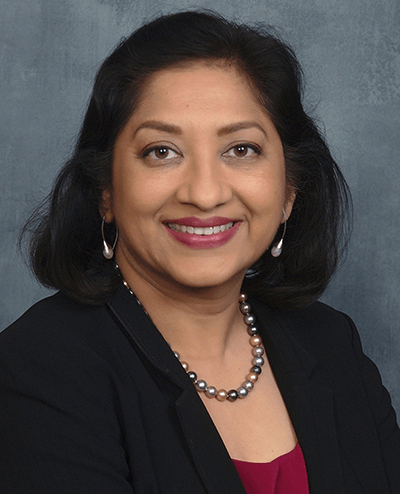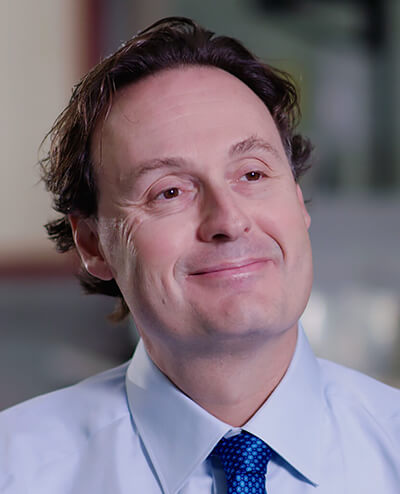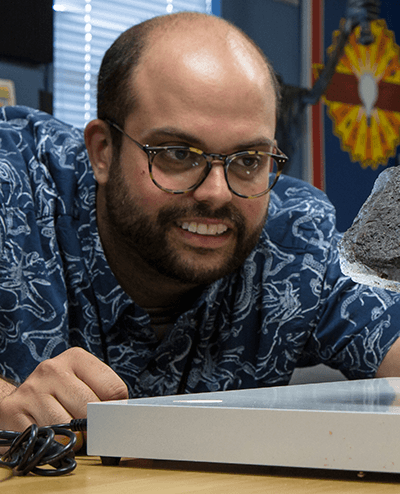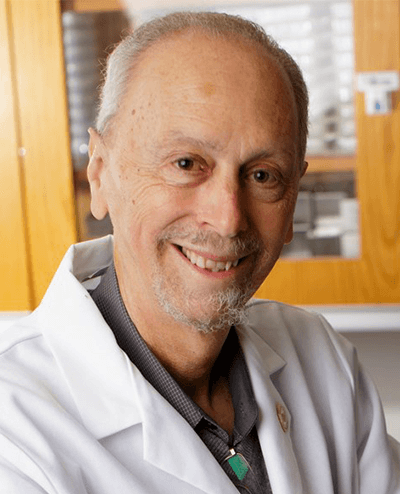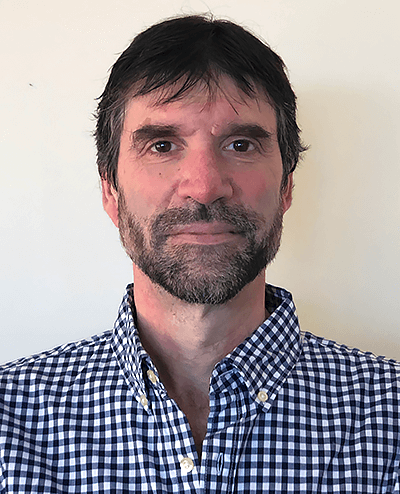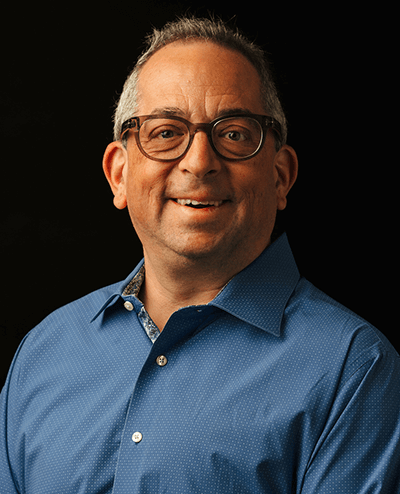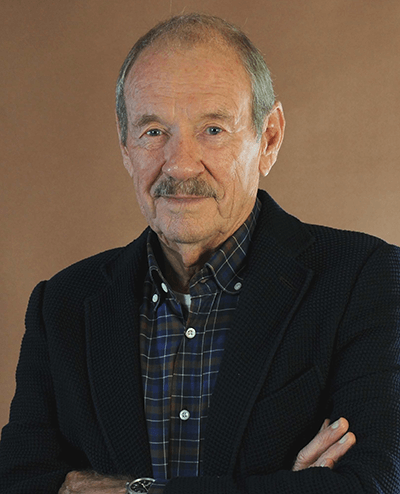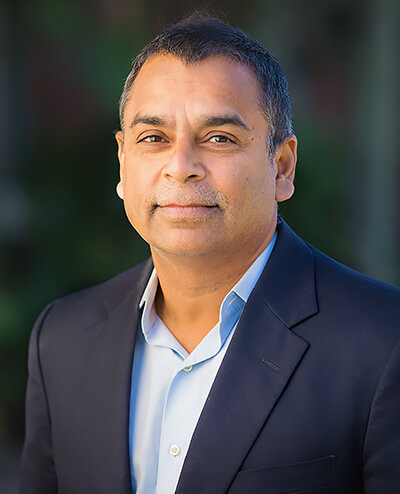
2023 Inductees
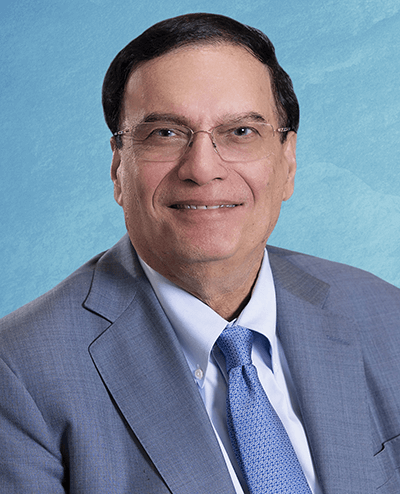
Krishna Singh, Ph.D.
Founder, President and CEO
Holtec International
185 U.S. Patents
Dr. Krishna Singh is the Founder, President and CEO of Holtec International, one of the world’s largest providers of custom-engineered equipment and systems in the civilian nuclear industry. As the only turnkey supplier in the nuclear and renewable energy sector, Holtec International supplies over 140 nuclear plants around the world with systems and equipment, based on Dr. Singh’s patents. Holtec is also widely considered to be the global leader in the management of used nuclear fuel.
Dr. Singh’s innovations provide the foundational structure for modern nuclear power energy, including: systems and equipment, safe storage, and transportation of spent fuel. His advances have allowed for operational nuclear power plants to run more efficiently and safely, which is critical given that approximately 20% of domestic electricity and 14% of global electricity rely on nuclear power. Dr. Singh is also the visionary behind several national and international codes and standards on pressure vessels and heat exchangers.
In recent years, Dr. Singh has been leading Holtec in the global race to develop a “walk away safe” small modular reactor to make nuclear energy a cost-competitive clean energy solution for a world struggling with rising carbon emissions. As a result, Holtec is a leader in this emerging field, and is also known for tackling challenges such as cloud-based information management of all company operations, development of cutting-edge manufacturing processes and machines, devising innovative technologies to decarbonize global economies, and applying Holtec’s innovative below-the-ground interim storage technology to solve America’s used nuclear fuel conundrum.
His most recent technology advance repurpose the retiring coal fired plants (instead of demolishing them) by converting them into energy storage and on-demand clean power delivery plants by using Holtec’s patented “green boiler technology.” He is also working to integrate the Green Boiler energy storage technology with an advanced solar collection system to help make solar energy a base-load power provider.
Dr. Singh has also dedicated his efforts to providing opportunities to underrepresented groups in engineering. In 2017, he sponsored a $312 million Technology Campus on the Delaware River in Camden, NJ to create much needed employment in one of America’s poorest cities. He also chairs the KPS Foundation, a charitable Singh family foundation whose signature contribution to the advancement of science is the completion of the “Krishna P. Singh Center for Nanotechnology” at the University of Pennsylvania in Philadelphia. The KPS Foundation is also active in improving child literacy and public health in developing countries.
Dr. Singh received his Ph.D. in Mechanical Engineering from the University of Pennsylvania, Philadelphia, Master of Science in Engineering Mechanics also from Penn, and a Bachelor of Science in Mechanical Engineering from BIT Sindri (Ranchi University), India. He received the Edison Foundation’s “Thomas Alva Edison Award” for his ecologically and environmentally impactful inventions. Rutgers University named him “South Jerseyan of the year – 2016” for his significant beneficial impact on the region. In 2015, he received the George Washington medal from the Engineer’s Club of Philadelphia. He is a member of the National Academy of Engineering, the Pan American Academy of Engineering, and the Academy of Science, Engineering and Medicine of Florida. He is also an elected Fellow of the National Academy of Inventors, American Society of Mechanical Engineers. He also oversees the nuclear engineering department at the University of California, Berkeley, and a senior fellow in Mechanical Engineering at the University of Pennsylvania. He is a registered Professional Engineer in Pennsylvania and Michigan and a member of the American Nuclear Society.

